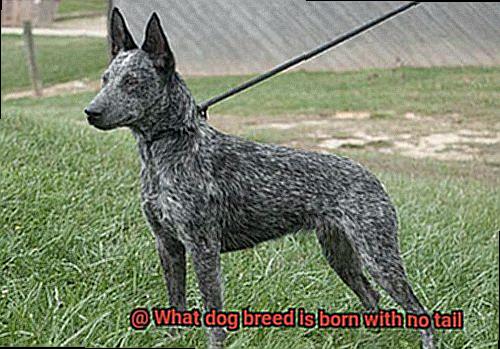What dog breed is born with no tail?
Welcome to another bark-tastic blog post about those tail-less wonders of the canine world. Those pups who come into this world without a wagging appendage? It’s a fascinating phenomenon that has captured the attention of dog lovers and curious onlookers’ attention. So, grab your furry friend, get comfy, and dive into the enchanting realm of tail-less dog breeds.
You’ve probably spotted a puppy with a bobbed tail at the park, or maybe you’re considering bringing home one of these wag-less cuties yourself. Well, it’s time to unravel the mysteries behind this unique trait. While most dogs use their tails to express joy or excitement, certain breeds are born without them.
One such breed is the Corgi – those adorable low-riders from Wales who steal hearts with their stubby tails (or sometimes lack thereof). These little munchkins have become internet sensations with their prominent personalities and charming butt wiggles. But hold your horses (or tails?) because Corgis aren’t the only tail-less fluffballs out there.
Let me introduce you to more remarkable breeds, like the Australian Shepherd, Boston Terrier, and the oh-so-fancy French Bulldog. They come into this world with different types of tails or sometimes no seats, instantly making them stand out in any crowd of canines. These unique physical features make them look super cool and contribute to their distinct personalities and adaptability.
Now, don’t think for a second that the absence of a tail dampens these dogs’ enthusiasm for life. Each wiggle, waggle, or even a little butt-nudge speaks volumes about their happiness and eagerness to connect with their human pals. The intricate relationship between dogs and their tails is marvelous, and we’re here to explore every waggy detail with you.
So, join us on this tail-less adventure as we dig deep into the genetics, history, and mind-blowing facts surrounding these delightful breeds. We’ll uncover the purpose of a tail – whether it’s for communication, balance, or just looking downright adorable – and understand how breeders play a role in determining tail length. Get ready to be amazed by the fascinating story behind wagging (or not) in the
Pembroke Welsh Corgi: The Short-Stature Breed
Contents
- 1 Pembroke Welsh Corgi: The Short-Stature Breed
- 2 Australian Stumpy Tail Cattle Dog: A Herding Breed
- 3 Boston Terrier: The Compact and Affectionate Breed
- 4 French Bulldog: The Charming “Screw Tail” Breed
- 5 English Bulldog: Not All Are Born Without Tails
- 6 Jack Russell Terrier: A Naturally Short or Absent Tail
- 7 Brittany Spaniel: A Hunting Dog With a Unique Look
- 8 Australian Bulldog: A Rare Breed with an Unusual Feature
- 9 Docking of Tails in Dogs for Various Reasons
- 10 Conclusion
Pembroke Welsh Corgis are a beloved breed known for their short stature and distinctive appearance. Their lack of a tail makes them stand out among other dog breeds. This article will explore the importance of the short tail in Pembroke Welsh Corgis and why it adds to their charm and appeal.
The Bobtail Gene:
Pembroke Welsh Corgis are born with a tail, but it is naturally very short or non-existent due to the bobtail gene, a dominant trait passed on from generation to generation. Breeders and enthusiasts consider this gene desirable as it is one of the defining characteristics of Pembroke Welsh Corgis.
Benefits of a Short Tail:
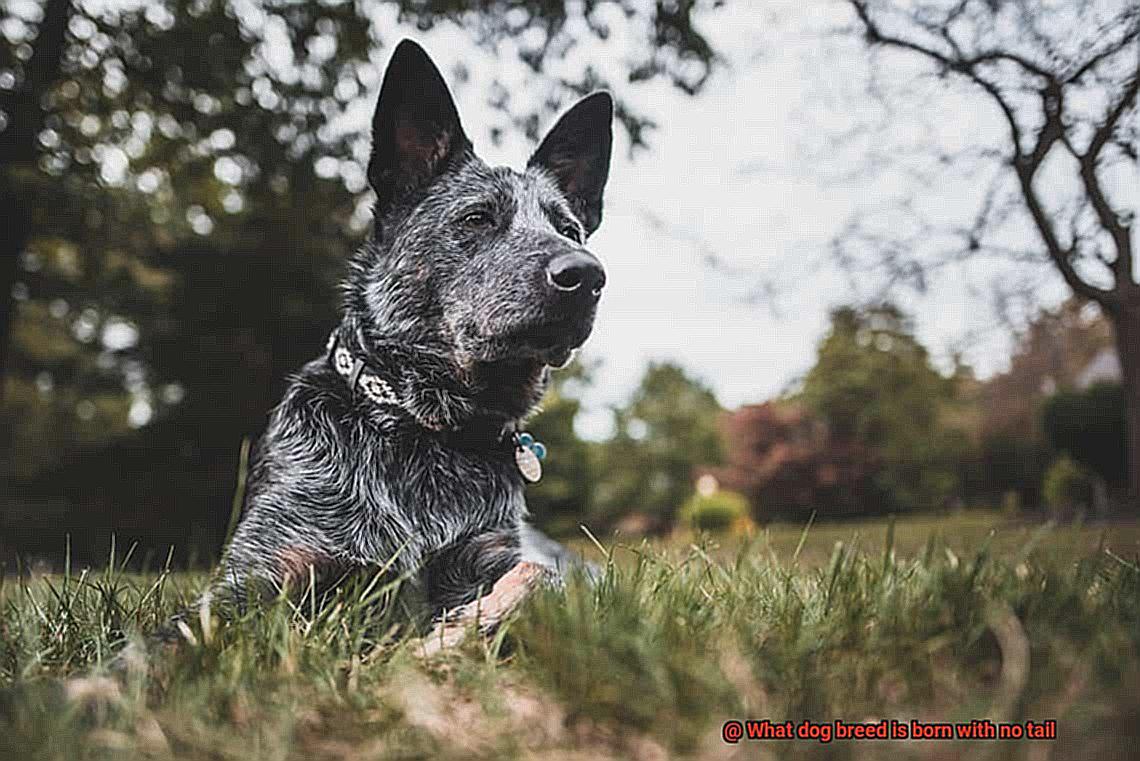
The short tail of Pembroke Welsh Corgis offers several advantages. Firstly, it enhances their agility and maneuverability, making them exceptional herding dogs. Their compact build allows them to navigate tight spaces, corralling cattle. Additionally, the absence of a long tail reduces the risk of injury when working in challenging terrain.
Communication and Care:
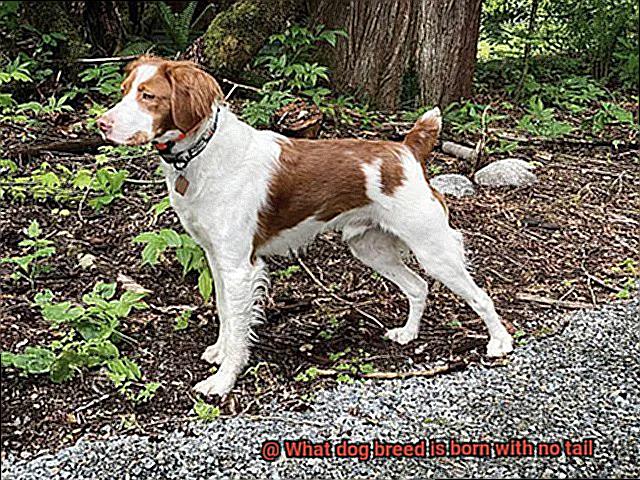
Although Pembroke Welsh Corgis lack a long tail for communication, they can still express themselves through body language, facial expressions, and vocalizations. Owners need to understand these cues to better communicate with their furry companions.
Proper care of the short tail is essential to maintain your Pembroke Welsh Corgi’s well-being. Regular grooming should include cleaning the area where the tail is attached to prevent dirt or debris from accumulating. Handling the tail carefully and avoiding rough or forceful pulling is crucial to prevent discomfort or injury.
Conclusion:
The short tail of Pembroke Welsh Corgis is a distinguishing feature that adds to their unique charm. It enhances their agility and maneuverability and allows them to communicate effectively through other means. Understanding the importance of their short tail and providing proper care will ensure the happiness and well-being of these wonderful companions.
Australian Stumpy Tail Cattle Dog: A Herding Breed
The Australian Stumpy Tail Cattle Dog is a remarkable herding breed that possesses a set of characteristics that make it a top choice for those seeking a hardworking and intelligent companion. Renowned for its strong herding instincts and agility, this breed was specifically developed for cattle ranching in Australia. Their compact and muscular build allows them to excel in endurance and easily maneuver through challenging terrains.
One of the defining features of the Australian Stumpy Tail Cattle Dog is its tail – or lack thereof. While some individuals are born without a tail naturally, most have their tails docked at a young age. However, their ability to herd effectively is good. It may even give them an advantage as they navigate tight spaces without risking their tails getting caught or injured.
Intelligence and trainability are vital attributes of this breed. Australian Stumpy Tail Cattle Dogs excel in herding tasks and can be trained for obedience competitions or dog sports. Their loyalty and dedication are unmatched, making them valued members of any working team.
Proper socialization and training are crucial to ensure a well-rounded and happy Australian Stumpy Tail Cattle Dog. This breed can be protective and may exhibit aggressive behavior towards strangers if not properly guided. Regular exercise is also essential to keep them physically and mentally stimulated. Without enough activity, they may become restless or resort to destructive behaviors.
While generally healthy, like many herding breeds, Australian Stumpy Tail Cattle Dogs may be prone to certain genetic conditions such as hip dysplasia or progressive retinal atrophy. Working with responsible breeders and providing regular veterinary care is essential to ensure their overall health and well-being.
Boston Terrier: The Compact and Affectionate Breed
The Boston Terrier is a compact and affectionate breed perfect for individuals or families searching for a small and lovable companion. Known as the “American Gentlemen,” these adorable dogs have a distinctive square-shaped head, wide-set eyes, and a short muzzle that gives them an expressive and charming facial expression. Interestingly, Boston Terriers are born with a short tail or no tail, a unique characteristic resulting from selective breeding over many generations. This absence of a long tail does not hinder their ability to communicate or express emotions; instead, they compensate with their expressive eyes and facial expressions. Additionally, it means they are less prone to tail injuries like getting caught in doors or accidentally being stepped on.
Regarding temperament, Boston Terriers are renowned for their friendly and affectionate nature. They enjoy spending time with their families and generally get along well with children and other pets. Their refined behavior and charming personality have earned them the nickname “the American Gentleman.” Despite their compact size, Boston Terriers also possess an energetic and playful side, making regular exercise and mental stimulation essential for their happiness and overall well-being.
Regarding training, Boston Terriers are highly intelligent and eager to please. They respond well to positive reinforcement techniques and take pleasure in learning new tricks or commands. Their trainability makes them an excellent choice for individuals seeking an easy-to-train dog.
Grooming-wise, Boston Terriers are low-maintenance. With their short and smooth coat, regular brushing and occasional baths are enough to keep them clean and healthy. This means less time spent on grooming and more time for cuddles and play.
However, it’s important to note that Boston Terriers can be susceptible to breathing difficulties and heat intolerance due to their short snouts. Owners must know these potential health concerns and provide appropriate care to ensure Boston Terrier’s well-being.
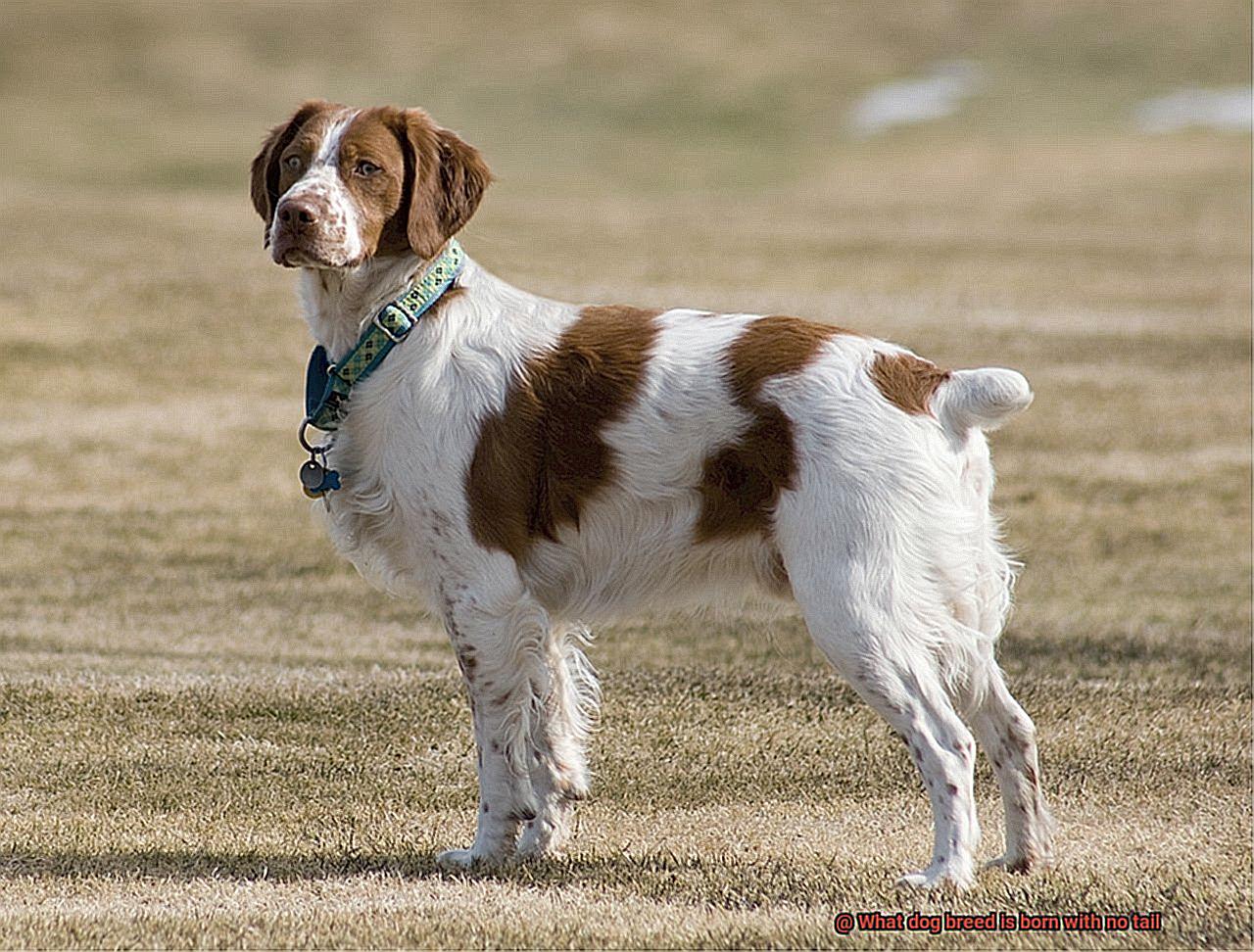
French Bulldog: The Charming “Screw Tail” Breed
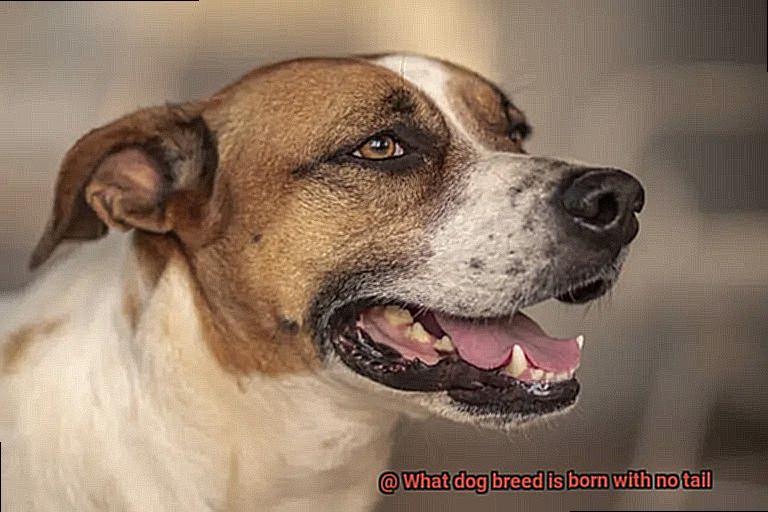
French Bulldogs are undeniably adorable, with their cute, compact bodies and unique “screw tail” that curls like a little pig’s tail. But have you ever wondered how they ended up with this distinctive feature? Well, it’s all thanks to selective breeding.
Originally bred in France as companion dogs for lace workers, French Bulldogs have come a long way from their humble beginnings. Over time, breeders carefully selected dogs with shorter and curlier tails, ultimately creating the iconic screw tail we know and love today.
It is believed that the English Bulldog played a role in shaping the French Bulldog’s tail. The English Bulldog also has a naturally short and screw-shaped seat, which likely influenced the breeding process. Through generations of careful selection, breeders could accentuate and refine this trait in French Bulldogs.
The screw tail is a defining character breed, setting them apart from other dog breeds. The tail should be straight at the bad, then gradually curve upwards in a tight spiral. This unique feature adds to the charm of the French Bulldog’s appearance.
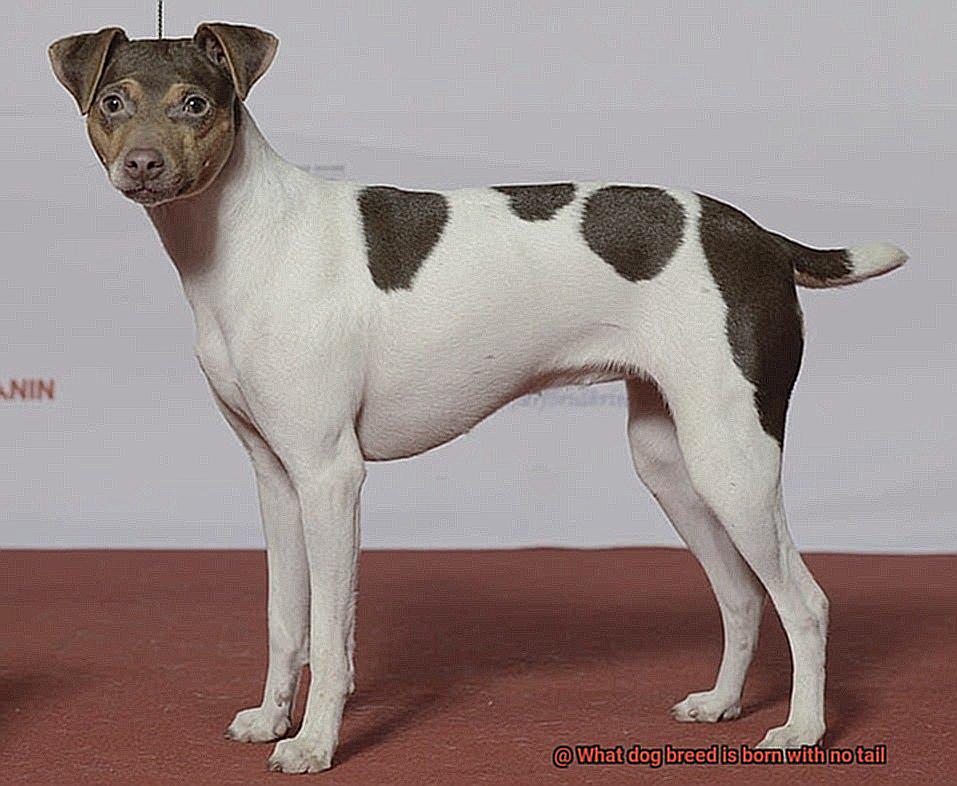
However, it’s important to note that they screamed with some potential health issues. Due to the structure of their tail, French Bulldogs are more prone to spinal problems. Conditions such as hemivertebrae and intervertebral disc disease can occur, causing discomfort and mobility issues for these lpupspooches.

As responsible French Bulldog owners, it’s crucial to be aware of these potential health concerns. Regular vet check-ups and keeping an eye out for any signs of discomfort or difficulty moving are essential. Maintaining a healthy weight through a balanced diet and regular exercise can also help reduce the risk of spinal issues.
Despite this potential drawback, French Bulldogs are adored by pet owners worldwide. Their affectionate nature, playful personality, and adaptability to different living environments make them fantastic companions. And let’s not forget that their screw tail is one of their most endearing features.
English Bulldog: Not All Are Born Without Tails
You may have wondered whether all English Bulldogs are born without tails. Contrary to popular belief, not all English Bulldogs lack this appendage. The absence of a tail in this breed is a result of selective breeding practices. In this article, we will explore the factors behind taillessness in English Bulldogs and highlight the importance of responsible breeding for the overall health and well-being of these beloved dogs.
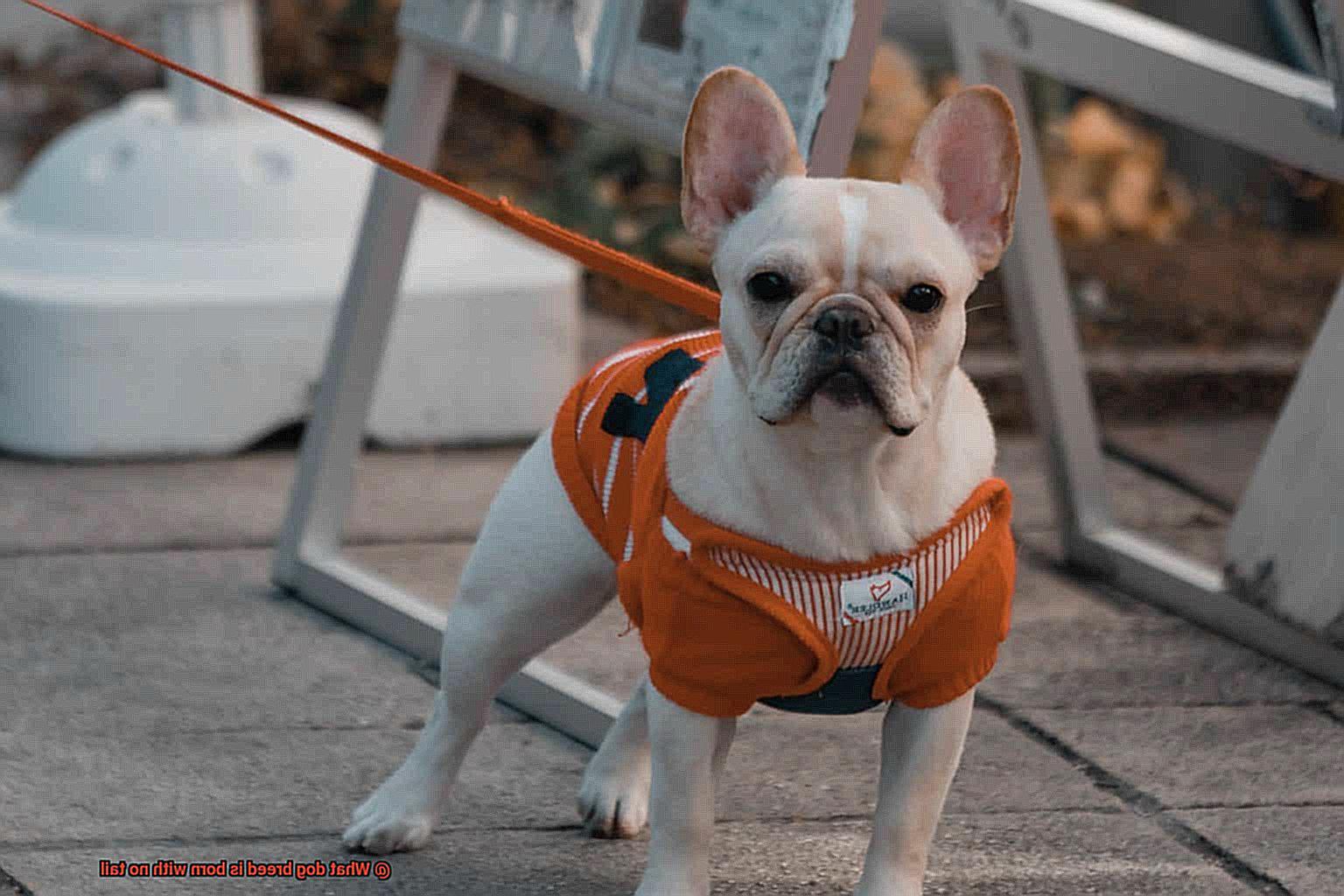
Selective Breeding and the Screw Tail Gene:
The distinctive appearance of the English Bulldog, including its stocky build, wrinkled face, and push-in nose, is well-known. However, the absence of a tail is not a natural occurrence but rather a deliberate outcome of selective breeding. Breeders have intentionally bred Bulldogs with shorter tails over time to achieve the desired appearance. This selective breeding has led to the development of the “screw tail gene,” which causes the vertebrae in the tail to curl tightly.
Variations within the Breed:
It’s important to note that not all English Bulldogs carry the screw tail gene. Genetic variations or outcrossing with other breeds can result in individuals with longer tails. Within a litter, you may find puppies with no tails at all, some with short tails, and others with longer tails. Each English Bulldog’s tail length adds to their individuality and charm.
Health Considerations:
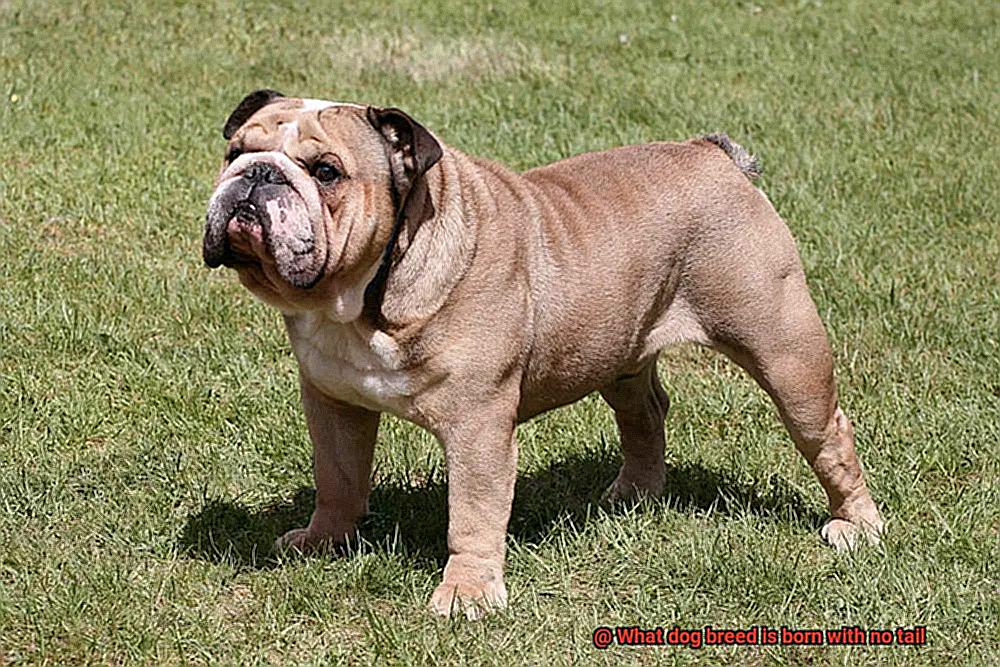
While tailless Bulldogs are often preferred in dog shows and breed standards, it’s crucial to prioritize the health and well-being of these dogs above physical appearance. Responsible breeders should ensure that their dogs are not prone to any genetic health issues associated with taillessness. Choosing a reputable breeder who follows ethical breeding practices is essential in this regard.
Tail Care:
Regardless of their tail length, English Bulldogs require regular care for their tail area. The skin folds around this region should be cleaned and dried regularly to prevent infections or irritation. Proper hygiene practices contribute to the overall health and comfort of these dogs.
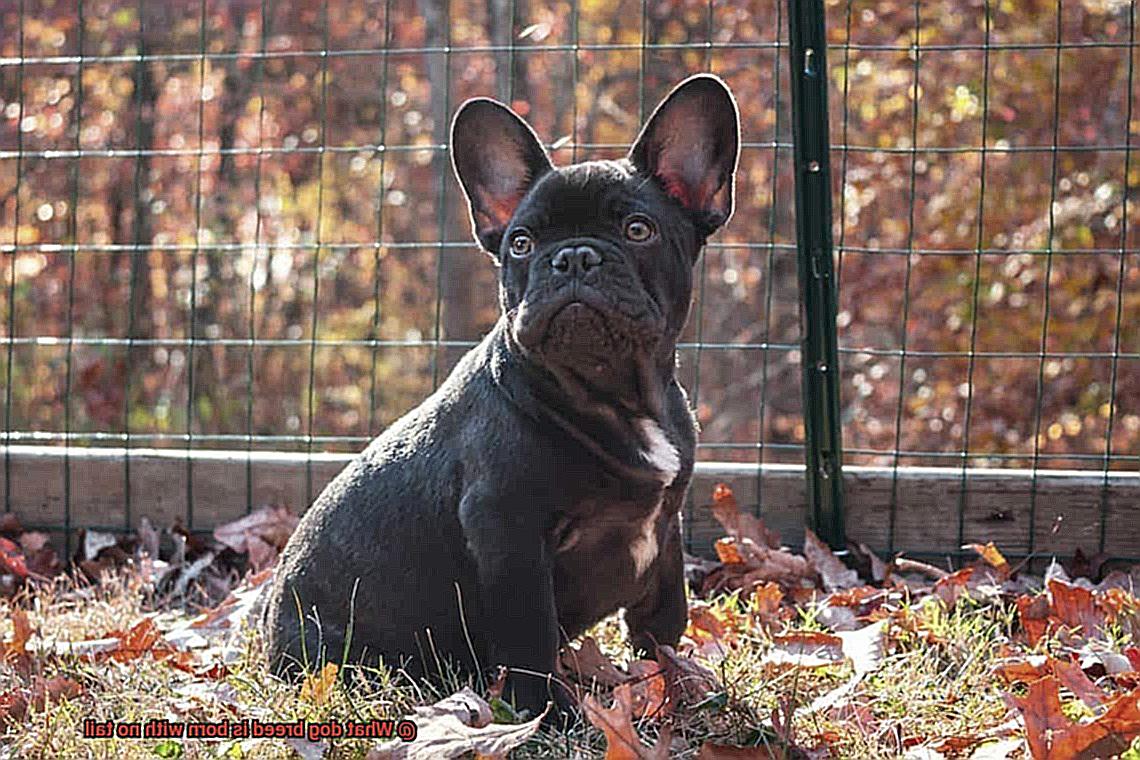
Jack Russell Terrier: A Naturally Short or Absent Tail
Among their many distinguishing features, the naturally short or absent tail is truly one of a kind. In this article, we will delve into the genetic marvel behind this trait, dispel common misconceptions, and explore why it sets these dogs apart.
The Genetic Marvel: T-Box Gene Mutation
At the core of this phenomenon lies the enigmatic “T-box” gene. This gene plays a crucial role in the development of various body parts, including the tail. In Jack Russells, a genetic mutation within this gene results in either a naturally short tail or no tail at all. Jack Russells are born with this distinctive characteristic, unlike other breeds that undergo tail docking procedures.
The Health Perspective:
Fear not, dear owners of tail-sporting canines, as the naturally short or absent tails in Jack Russells do not impact their overall health or well-being. It is simply an inherent physical trait that enhances their unique appearance. Rest assured that there are no health concerns related to their tail.
Variations in Tail Length:
While most Jack Russells boast either a short or absent tail, there exist those with what is lovingly referred to as a “stumpy tail.” This charming variation can vary from 1 to 2 inches in length and adds an extra dash of personality to these lovable dogs.
Communication and Expression:
You might wonder if their shorter tails hinder their ability to communicate or express themselves. Fear not. Jack Russells are still able to wag their shortened tails with gusto, effectively conveying excitement or joy just like any other dog with a longer tail.
Celebrating Individuality:
It’s important to note that not all Jack Russells are born with naturally short or absent tails. Some individuals may possess longer tails resembling those of other terrier breeds. This delightful variation adds to the uniqueness of each dog and should be celebrated.
Dog Shows and Competitions:
Rest assured, the naturally short or absent tail in Jack Russells does not hamper their eligibility for dog shows or competitions. It is widely accepted as a natural trait of the breed, preserving their authenticity, charm, and rightful place in the spotlight.
Brittany Spaniel: A Hunting Dog With a Unique Look

The Brittany Spaniel, a hunting dog hailing from the Brittany region of France, possesses not only exceptional hunting skills but also a distinctive appearance that captures attention. With its compact athleticism and a short, dense coat available in various colors and patterns, this medium-sized canine stands out in the field. However, it is the breed’s tail or lack thereof, that truly steals the show. Join me as we explore the world of the Brittany Spaniel, a hunting dog with a unique look.
The Perfect Hunting Companion:
Developed specifically for hunting game birds, the Brittany Spaniel is highly regarded for its exceptional hunting abilities. Equipped with a keen sense of smell, stamina, and natural hunting instincts, this breed is an unmatched field force.
The Look That Turns Heads:
Sporting a compact and athletic build, Brittany Spaniel’s short, dense coat comes in various colors and patterns, such as orange and white, liver and white, and tri-color combinations. However, it is the tail that serves as its most distinguishing feature. Born with a naturally short tail or no tail, the Brittany Spaniel captivates onlookers with its unique appearance.
A Controversial Topic:
Tail docking, historically done for practical reasons such as preventing injuries while hunting in dense vegetation or rough terrain, is now considered controversial. It is either illegal or heavily regulated in many countries. Despite this controversy, some regions still allow tail docking for specific working purposes or adherence to breed standards in dog shows.
Agile and Expressive:
Though lacking a traditional tail, the Brittany Spaniel remains highly agile and expressive. This breed utilizes its entire body to communicate with its handler during hunting or training sessions. From attentive ears to subtle body language cues, Brittany Spaniel effectively conveys its intentions.
A Versatile Companion:
Beyond its remarkable hunting prowess, the Brittany Spaniel is renowned for its friendly and affectionate nature. This breed makes an excellent family pet, effortlessly getting along with children and other pets.
Care and Grooming:
Brittany Spaniel requires regular exercise, mental stimulation, and socialization to maintain their overall well-being. Proper care and grooming of their short, dense coat are essential to ensure their health and happiness.
Australian Bulldog: A Rare Breed with an Unusual Feature
The Australian Bulldog, a rare breed with unusual features, will turn heads. This unique breed originated in Australia and was developed by crossing English Bulldogs with Bullmastiffs and Boxers. This specialized breeding process results in the absence of a tail, making Australian Bulldogs stand out from other dogs.
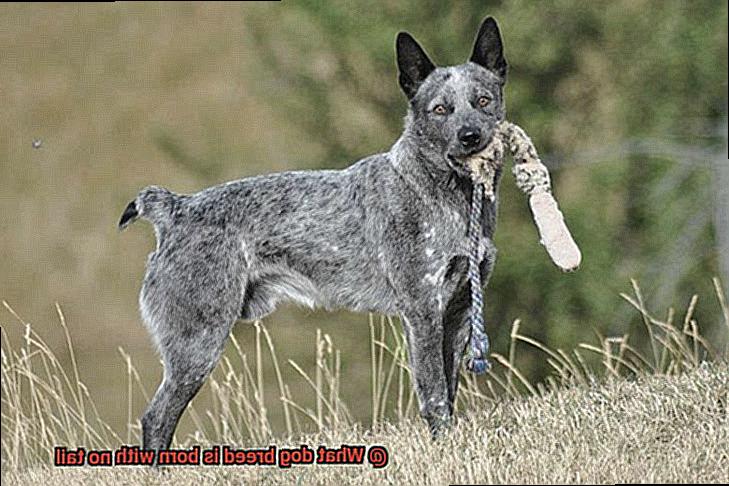
But how do Australian Bulldogs communicate without a tail? They rely on other body language cues, such as facial expressions and body postures. They can still express their emotions and affection just like any other dog. Imagine the joy of having a furry friend with a smooth and rounded back end.
Aside from their distinctive appearance, Australian Bulldogs are known for their friendly and outgoing personalities. They make excellent family pets and will surely steal your heart with their charm. However, it’s important to note that they require the same level of care as any other dog breed. Regular exercise, proper nutrition, and regular vet check-ups are crucial for their well-being.
Although still relatively rare outside of Australia, the popularity of the Australian Bulldog is on the rise due to its unique feature and lovable temperament. If you’re considering adding an Australian Bulldog to your furry family, be sure to do your research and understand their specific needs.
Docking of Tails in Dogs for Various Reasons
Docking of tails in dogs refers to removing a portion of the tail for various reasons. Historically, tail docking was commonly done for functional purposes, such as preventing injuries during hunting or working activities. It was sometimes believed to enhance the dog’s agility or balance. However, tail docking has become a controversial topic in recent years, with many countries banning or restricting the practice due to ethical concerns and a lack of scientific evidence supporting its benefits.
Ethical Concerns:
One of the primary reasons tail docking has become controversial is ethical concerns. Critics argue that docking interferes with a dog’s natural ability to communicate through tail movements and can cause long-lasting physical and psychological harm. Removing a part of the tail is seen as an unnecessary surgical procedure that can inflict pain and distress on puppies at an early age. Dogs rely on their tails for various purposes, including expressing emotions, maintaining balance, and communicating with other dogs and humans. By removing a dog’s tail, their natural communication is compromised, potentially leading to behavioral issues and a diminished quality of life.
Lack of Scientific Evidence:
Another factor contributing to the controversy surrounding tail docking is the need for more scientific evidence supporting its benefits. While some proponents argue that docking can prevent tail injuries or reduce the risk of certain genetic conditions affecting the tail, there is little scientific research to substantiate these claims. The American Veterinary Medical Association (AVMA) opposes cosmetic tail docking and emphasizes that selective breeding for naturally short or absent tails is a more ethical and viable alternative. Without solid scientific evidence, many argue that the practice is outdated and unnecessary, causing unnecessary pain and potential complications for dogs.
Legal Regulations:
The changing attitudes towards animal welfare have resulted in many countries implementing regulations regarding tail docking in dogs. Some countries have banned the practice altogether, considering it unnecessary and cruel.
Others permit it only if there is a valid medical reason or if performed by a licensed veterinarian within a specific timeframe after birth. These legal regulations reflect the growing recognition that tail docking is a controversial and ethically questionable procedure that should be limited or eliminated to ensure the well-being of dogs.
Alternative Solutions:
With the increasing awareness of the ethical concerns surrounding tail docking, many breeders and owners are now opting for alternative solutions. Selective breeding for naturally short or absent tails is one such option. This approach ensures that dogs have their unique tails intact while meeting breed standards. Additionally, cosmetic tail docking, where a prosthetic tail is attached to mimic the appearance of a docked tail, has emerged as another alternative. These alternatives allow dogs to maintain their natural means of communication and avoid unnecessary surgical procedures.
Conclusion
The conclusion to “What dog breed is born with no tail” is clear and concise.
Several dog breeds are naturally born without a tail. These breeds include the Australian Shepherd, Boston Terrier, Boxer, and Rottweiler.
This unique characteristic adds to their charm and individuality.
